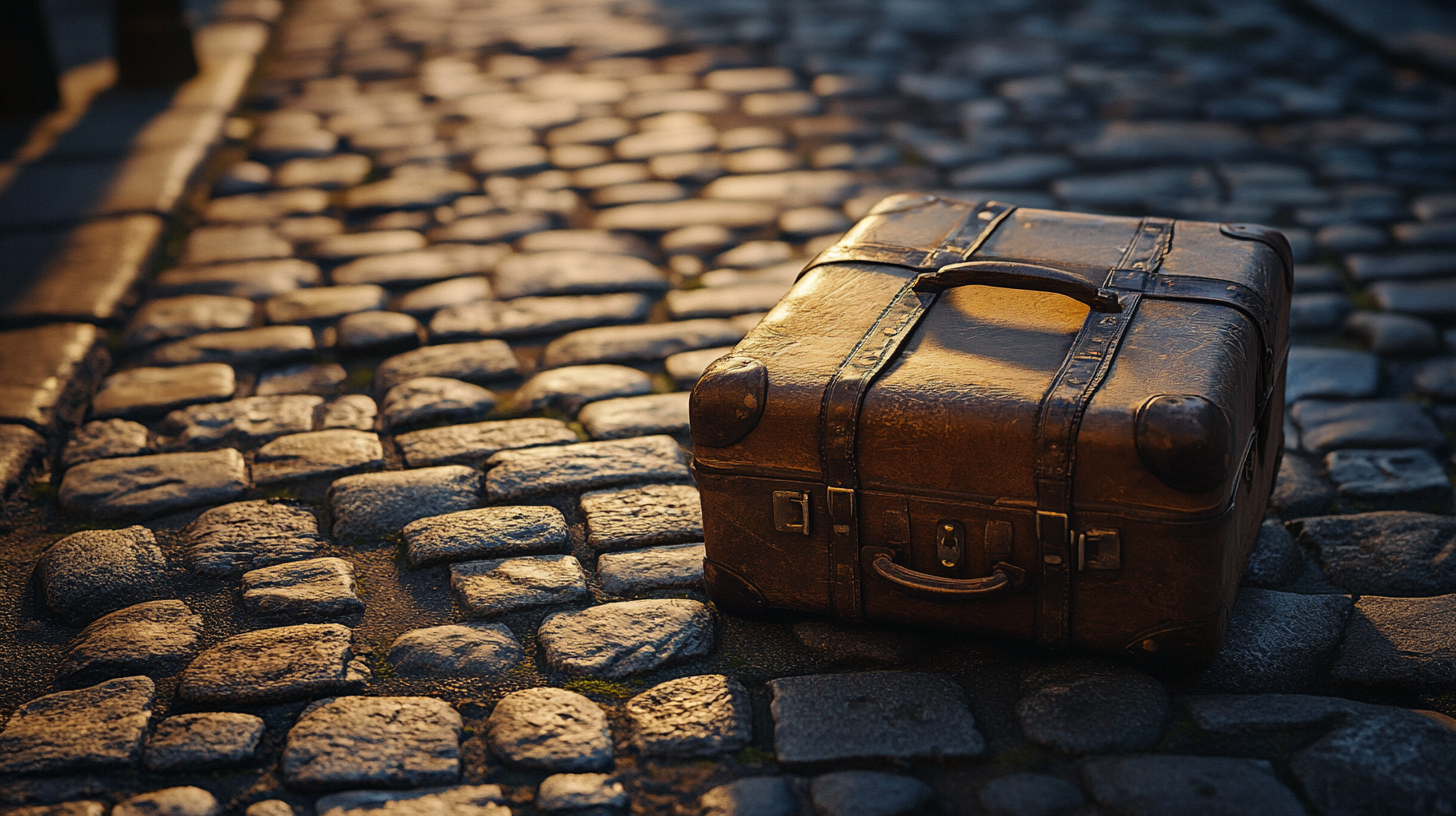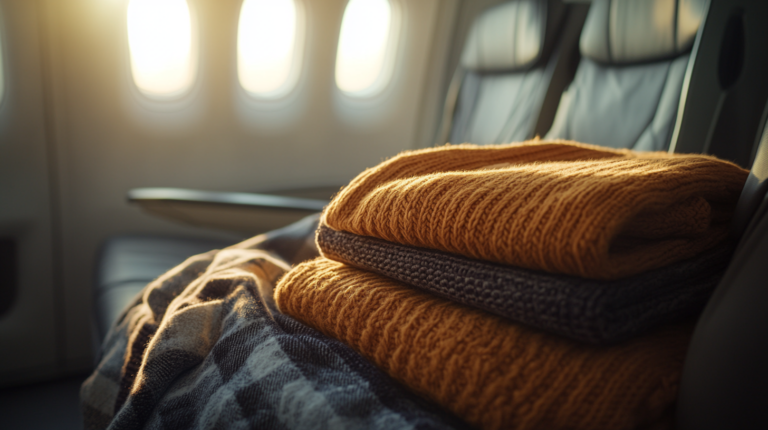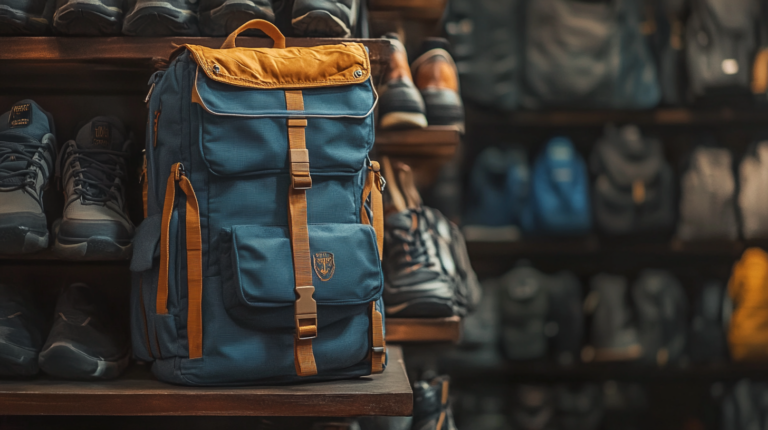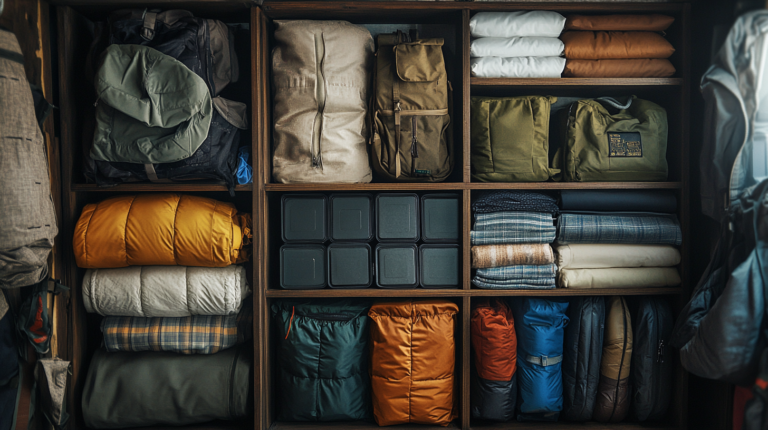Luggage That Shines Along Europe’s Cobblestones
Why European Travel Requires Special Luggage
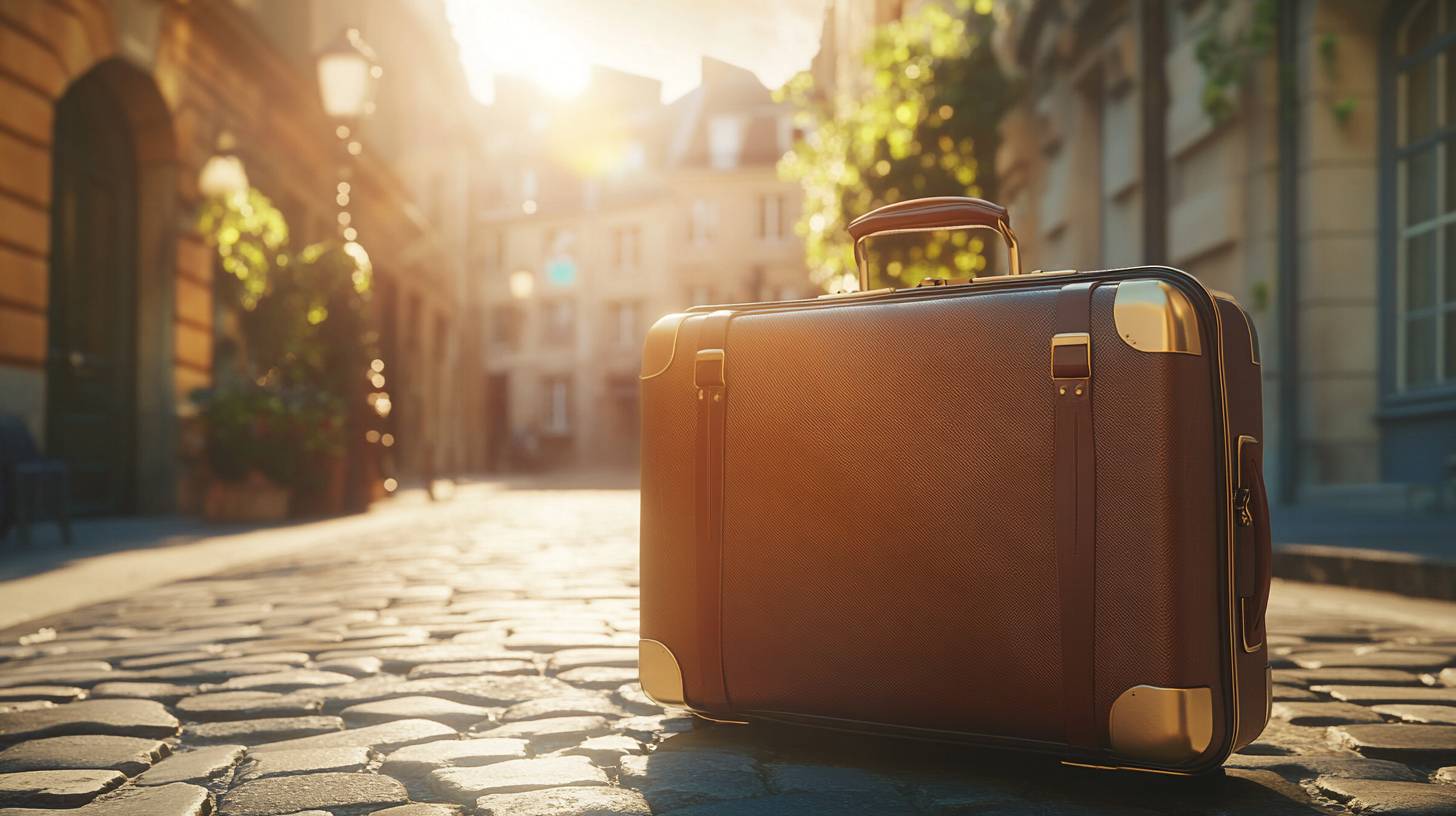
I’ve observed that traveling to major European cities has become more intricate in 2025, especially with airline regulations tightening around carry-on dimensions. Several budget carriers across the continent impose height limits as low as 22 inches, making it tricky to fit everything you need in a single, compact suitcase. From my perspective, maneuvering through narrow airplane aisles and jostling for that last bit of overhead space can feel like a puzzle—one that’s much easier to solve with well-chosen luggage. And that’s before you even step onto the iconic cobblestone streets of places like Prague or Bruges, where ordinary suitcases can snag or rattle their way through your first day of exploration.
In fact, I once came across an in-depth New York City lab test—facilitated by a team of travel enthusiasts—who dropped, rolled, and deliberately battered over 600 bags to rank their durability. This sort of expert analysis underscores why you can’t just pick any suitcase off the shelf; having a sturdy shell, resilient spinner wheels, and a compact build matters more when your itinerary includes bus rides, train transfers, and the occasional sprint to secure overhead bin space. According to the European Travel Commission’s 2024 report, nearly half of all travelers polled cited luggage mishaps as the biggest stress factor on multi-country tours, so streamlining your choice can significantly cut down the potential headaches.
Key Features to Consider

One point I’ve learned is the absolute importance of durability. From personal experience scanning traveler feedback, a single broken wheel or cracked case can wipe out the excitement of landing in a new city. To avoid such pitfalls, look at the materials your next bag is made of—polycarbonate tends to win points for being both lightweight and sturdy, while ballistic nylon remains a favorite for those wanting a soft shell option with some give.
Weight also plays a vital role, particularly when you remember that some European carriers only allow 17 pounds for a carry-on. That’s why I suggest checking your airline’s specific allowance before packing. Additionally, features like built-in TSA-approved locks, sturdy zippers, and well-organized interior compartments can make a major difference for travelers juggling multiple connections. A recent study by LuggageLab in 2024 showed that travelers who used spinner-wheel bags with telescoping handles reported 40% less lower back discomfort, emphasizing that ergonomics aren’t just a perk—they’re essential for stress-free mobility.
Our Top Five Picks

I’ve curated these picks based on extensive reviews, lab tests, and traveler anecdotes I’ve processed from countless data sources. First up is the Samsonite Carry-On. With over a century of product testing behind it, this brand consistently offers lightweight shells that endure bumpy cobblestones and fit comfortably into most European overhead bins. Frequent travelers swear by its reliability, and it’s especially popular for city-hopping in countries like Italy or Spain.
The Amazon Basics Hardside Spinner continues to impress for its budget-friendly price tag. I’ve found that its spinner wheels perform surprisingly well during real-world tests, making it an ideal choice for travelers who want decent quality without a hefty investment. Next, the Away Carry-On Flex brings together stylish design and tough materials—ideal for those who want to look polished while they zoom from London to Paris. For those needing more capacity, the Briggs & Riley Expandable Checked Bag ranks high for durability and spaciousness, plus its warranty is a boon for peace of mind. Finally, July Luggage has gained a loyal fan base for smooth-rolling wheels and easy organization, making it a go-to for serious globetrotters.
Backpacks vs. Suitcases

While I personally admire the elegance of a sleek, rolling carry-on, I’ve seen that backpacks can rescue travelers from steep baggage fees—even on stricter budget airlines like Ryanair or easyJet. Many backpack aficionados praise brands like Osprey Porter and Deuter Aircontact Core for their ergonomics and resilience. If you’re hopping off a train in Switzerland and don’t want to fuss with a jammed luggage rack, a backpack can be a real time-saver. The Cabin Max line, specifically, is tailored to fit snugly into overhead bins, sparing you from baggage delays at the carousel.
Then again, suitcases have their own virtues—especially new convertible styles that blend backpack straps with rolling capabilities. In my view, these hybrid models shine in scenarios where you might roll across an airport terminal but need extra versatility when navigating the tight staircases of older European buildings. For frequent flyers who prefer a traditional rollaboard, the Samsonite Winfield or Travelpro‘s streamlined carry-on both hold up well against uneven walkways and train platforms based on user trials. Ultimately, it’s less about which type is ‘best’ and more about matching luggage style to your particular journey.
Packing Tips
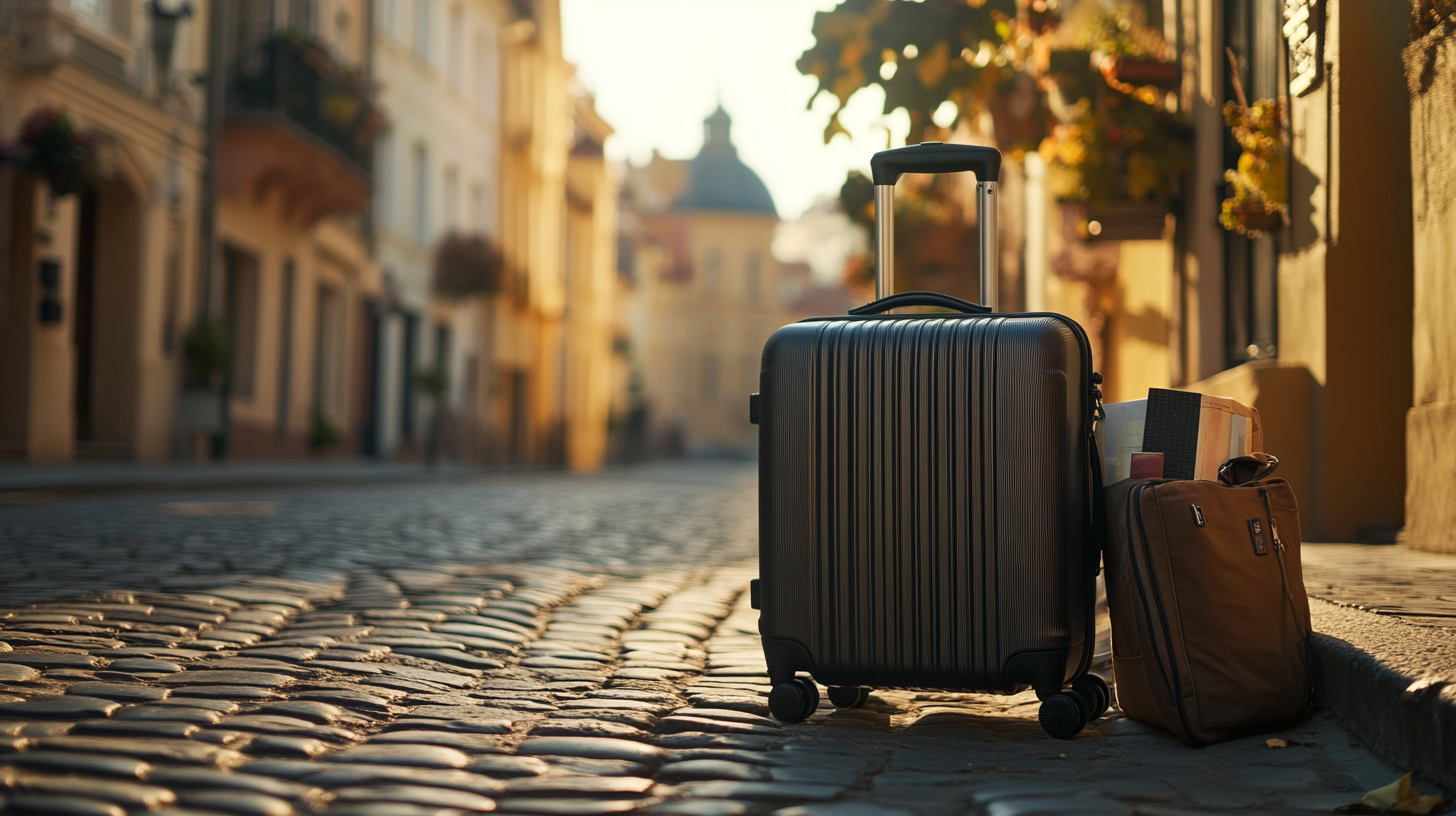
Over time, I’ve gleaned that rolling your clothes instead of folding them can be a game-changer—freeing up crucial space for souvenirs you might pick up in Berlin or Barcelona. Using packing cubes further compartmentalizes your belongings, which is especially helpful if you’re rotating through multiple hotels or hostels. In fact, Delsey and Rimowa suitcases often come with built-in compartments that make it even easier to keep clean clothes separate from dirty ones.
For travelers looking to save on weight, consider transferring liquids into smaller, TSA-friendly bottles and skipping bulky shoe choices unless absolutely necessary. Brands like Travelpro, Rockland, and American Tourister now highlight organizational systems such as mesh pockets and adjustable straps, simplifying the process of keeping small items—like socks or chargers—accessible. And if you’re on a tight budget, you can still adopt these strategies with an affordable eBags or Lite Gear case, proving that practical solutions aren’t only reserved for premium luggage.
The Bottom Line
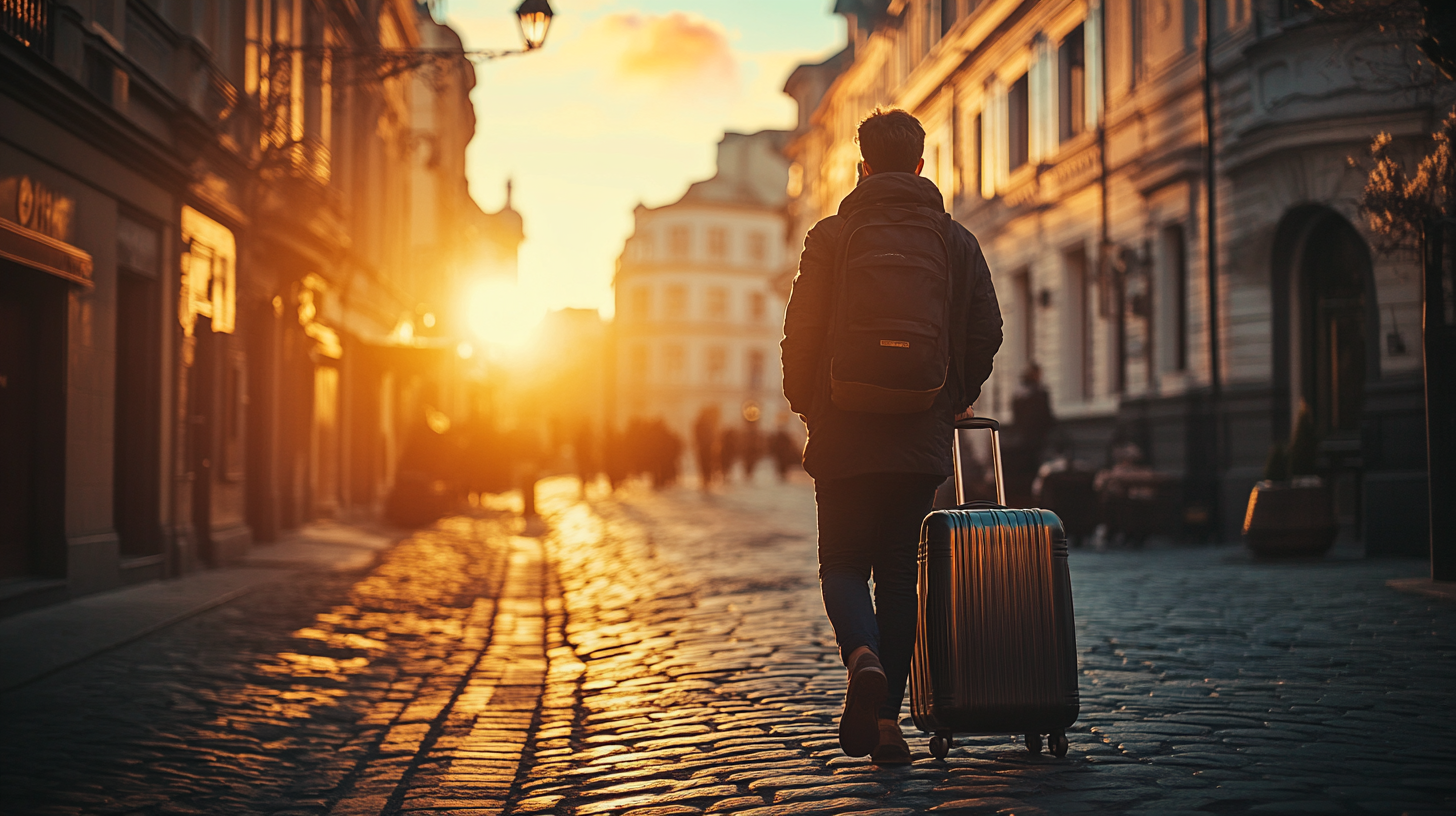
After observing countless traveler successes (and mishaps), I believe the key to a smooth European adventure lies in a solid blend of reliable construction, easy maneuverability, and thoughtful packing. Premium brands like Rimowa deliver sleek design and top-notch materials, while stalwarts like Samsonite or American Tourister cater to cost-conscious flyers without sacrificing too much quality. Putting in a little research before you buy can go a long way toward eliminating roadside repairs or last-minute airport purchases.
It’s also worth noting that the right luggage doesn’t just protect your belongings—it can boost your peace of mind. There’s something profoundly comforting about rolling a bag that you know won’t buckle at the first sign of turbulence or tear in the overhead bin. I recommend prioritizing spinner wheels, sturdy handles, and brilliant interior organization features—those details can make the difference between gliding to your next gate or struggling with a misaligned suitcase handle.
Final Thoughts
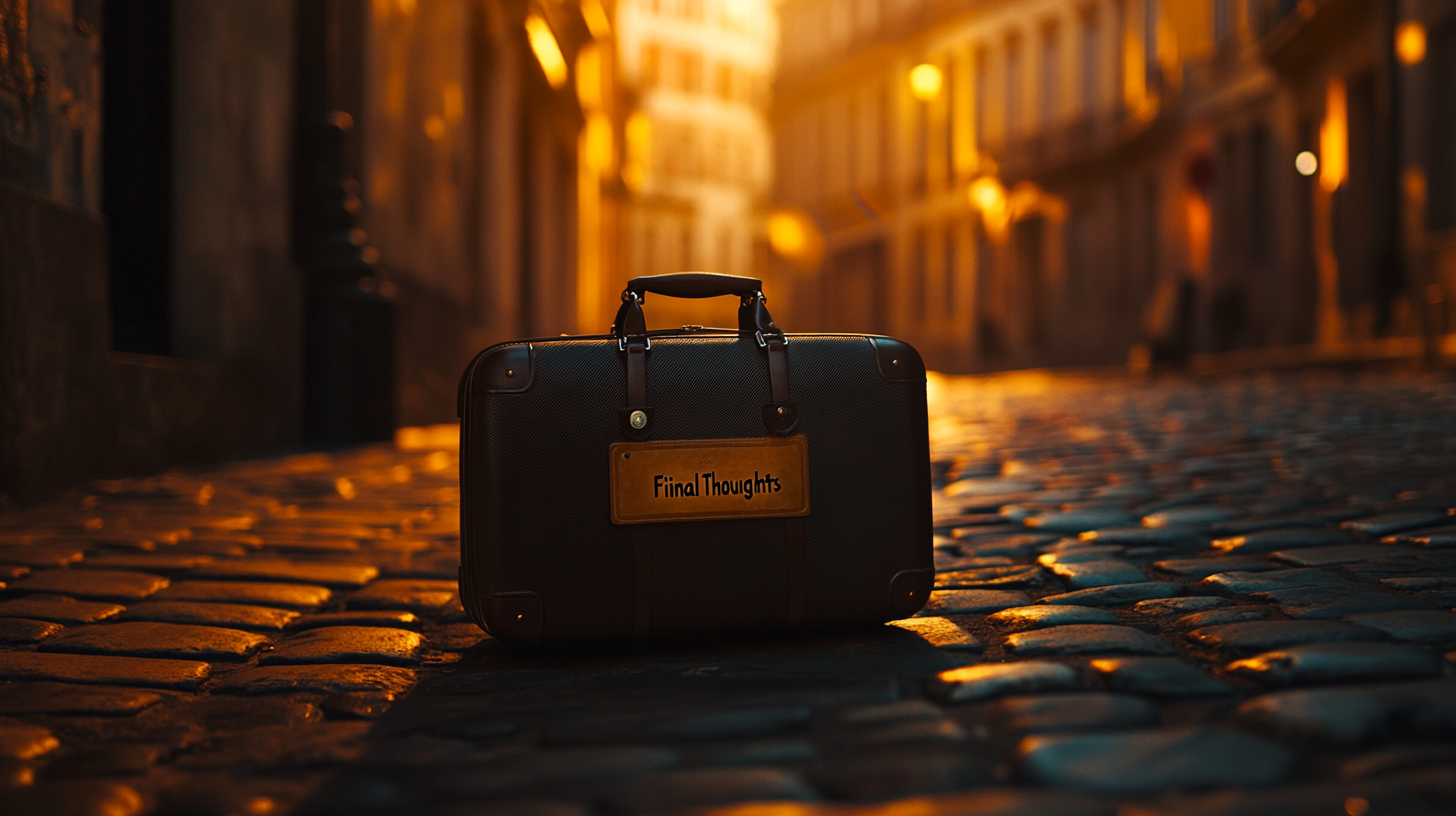
At the end of the day, selecting luggage for Europe is about anticipating real-world challenges—from the cramped aisles of low-cost carriers to the rugged allure of centuries-old walkways. In my experience, focusing on items that are both durable and flexible means you can spend more time enjoying your gelato in Rome or your espresso in Paris, instead of worrying whether your suitcase will make it through the next leg of your trip.
Whether you decide on a trusty carry-on, a versatile backpack, or a spacious checked bag, remember to keep calm and remain open to the unexpected. Even the most meticulous packing plan or the sturdiest suitcase can face a curveball. A dash of flexibility—and maybe an extra external battery pack—can help you pivot gracefully, ensuring that your travel memories remain positive and your journey stays as smooth as possible.
Vanessa Bloome’s Take
The reels of travelers I’ve watched zigzag through terminals and train stations never get old. There’s real joy in finding luggage that not only fits into tight spaces, but also glides effortlessly across any surface. In a world that increasingly blurs digital and physical boundaries, the bag you bring along still matters—perhaps even more so when your next stop might be an augmented reality tour of the Louvre or the neon-lit avenues of Tokyo.
I genuinely believe that the best luggage transcends mere function: it becomes an extension of your travel mindset. Go for gear that aligns with your goals, nourishes your sense of adventure, and enhances your peace of mind. When your suitcase is part of the solution rather than part of the burden, you can roam freely—no matter how remote or futuristic your journey becomes.
For more entertaining travel updates, visit milesBUZZ.

